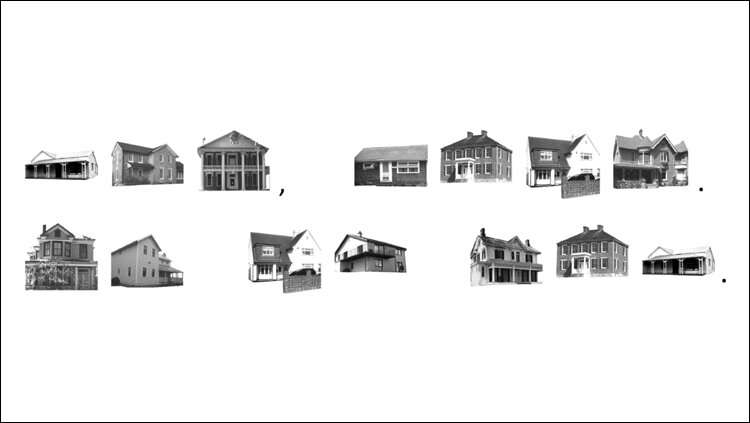Learning a second alphabet for a first language

A part of the brain that maps letters to sounds can acquire a second, visually distinct alphabet for the same language, according to a study of English speakers published in eNeuro. The research challenges theoretical constraints on the range of visual forms available to represent written language.
For adults, becoming fluent in a foreign language, particularly one with a new alphabet, can be challenging. This may be because their brain has been specialized by their first language. It is unclear whether the so-called visual word form area (VWFA)— a brain region that responds to letters—is similarly inflexible in adulthood.
Lea Martin, Julie Fiez, and colleagues taught undergraduate university students how to read a fictional writing system called HouseFont, which assigns images of houses to English phonemes. Participants achieved proficiency in this pseudo writing system akin to a first-grade reading level. After the training, the researchers observed increased VWFA activity that predicted participants' reading speed. This effect was not observed in the parahippocampal place area—a brain region that has been shown to respond selectively to images of houses. These findings suggest HouseFont was acquired as an additional alphabet, and show how learning a new writing system shapes the reading brain.
More information: The VWFA is the home of orthographic learning when houses are used as letters, eNeuro, DOI: 10.1523/ENEURO.0425-17.2019















